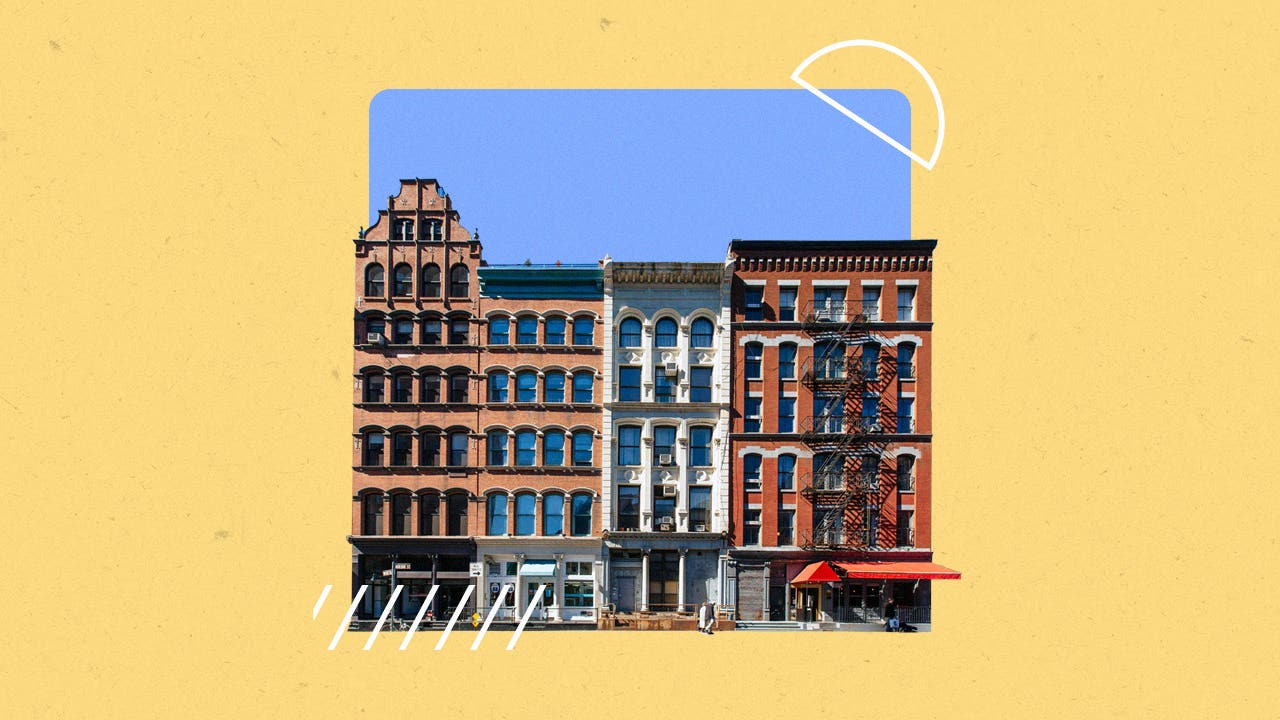Mortgage rate forecast October 2023: Higher for longer

The Bankrate promise
At Bankrate we strive to help you make smarter financial decisions. While we adhere to strict , this post may contain references to products from our partners. Here's an explanation for .
Mortgage rates remain at jarringly lofty levels. In late September, the average rate on a 30-year home loan surged past 7.5 percent for the first time since November 2000, according to Bankrate data.
For October, experts don’t expect rates to depart much from that high point.
The biggest risk to mortgage rates is a broad souring of sentiment for Treasurys — a low-probability but extremely high-impact event. Barring that, October will likely bring renewed concerns about a weakening economy and strained consumer, helping reel mortgage rates back in a bit, but not enough to get below the 7 percent threshold.— Greg McBride, Bankrate chief financial analyst
Fed’s ‘higher for longer’ keeps pressure on mortgages
Mortgage rates broke through 7 percent faster than anticipated. The average rate on a 30-year home loan was 7.42 percent as of early September, according to Bankrate’s weekly national survey of lenders. That figure surged all the way to 7.55 percent in Bankrate’s final survey of the month.
For a 30-year loan at that rate, you’d pay $702 per month for every $100,000 borrowed. At the current median national price of $407,100, that equates to about $2,775 per month, assuming you’re making a 3 percent down payment.
Not long ago, experts thought rates might fall to 5 percent this year.
At its September meeting, the Federal Reserve declined to boost its policy rate again, but did signal it doesn’t expect to cut rates any time soon.
That new outlook led to a spike in 10-year Treasury yields, which are correlated with 30-year mortgage rates.
“Higher for longer seems to be the mentality of the Fed right now,” says Scott Haymore, head of Capital Markets and Mortgage Pricing at TD Bank. “They pushed out any decrease in rates until Q2 2024.”
For months, the major mortgage rate driver was inflation and the Fed’s response. While the policymaker doesn’t directly control mortgage rates, its moves set the overall tone for borrowing costs.
Outlook hazy for the rest of the year
Economists agree that the pandemic-era 3 percent rates aren’t coming back. The question now is how much higher they’ll go.
“The biggest risk to mortgage rates is a broad souring of sentiment for Treasurys — a low-probability but extremely high-impact event,” says Greg McBride, chief financial analyst for Bankrate. “Barring that, October will likely bring renewed concerns about a weakening economy and strained consumer, helping reel mortgage rates back in a bit, but not enough to get below the 7 percent threshold.”
Some are optimistic. The Mortgage Bankers Association (MBA) predicts rates will drop to 6.3 percent by the end of 2023.
Haymore, of TD Bank, sees little change in rates in the near future.
“I think over the remainder of the year, we’ll be within a quarter point of where we are now,” says Haymore. “I don’t think we’ll see 8 percent.”
Lawrence Yun, chief economist at the National Association of Realtors, says that threshold is very much in the realm of possibility.
“In the short run, it’s possible mortgage rates may go to 8 percent,” says Yun.
More forecasts
A roadblock in more ways than one
Despite rising mortgage rates, home price appreciation hasn’t slowed and listings are still moving quickly. As the height of homebuying season fades, buyers are now weighing whether to take a higher rate — in hopes of refinancing later — or, perhaps more frustrating, wait things out.
If your aim is to close by the end of 2023, don’t delay, and carefully consider a rate lock.
“The trend has not been our friend and rates continue to get worse than I had expected based on recent data,” says James Sahnger of C2 Financial Corporation in Jupiter, Florida, adding “until we receive additional data to indicate a decidedly weaker economy, take a defensive posture when locking your rate.”
Rates above 7 percent are as much a psychological barrier as a financial one, says Lisa Sturtevant, chief economist at Bright MLS, a listing service in the Mid-Atlantic region.
“For many would-be homebuyers, a mortgage rate above 7 percent simply means that the numbers do not work for them,” says Sturtevant. “Consumer confidence has started to stumble as individuals and households are becoming more anxious about the economy.”
Indeed, 42 percent of respondents to a recent Bankrate survey cited paying for housing, either a mortgage or rent, as a negative influence on their mental health.
Still, American homeowners have proven their ability to adapt. In the 1980s, mortgage rates averaged 12 percent, but we kept buying homes.
Of course, home values weren’t nearly as high then. Add those two things together, Sturtevant says, and “the seemingly unstoppable housing market may be about to finally and truly stall out.”
Related Articles



Mortgage rate forecast for July 2023: Still-strong economy kills hopes for lower rates

Mortgage rate forecast for August 2023: Don’t expect rates to fall far from here